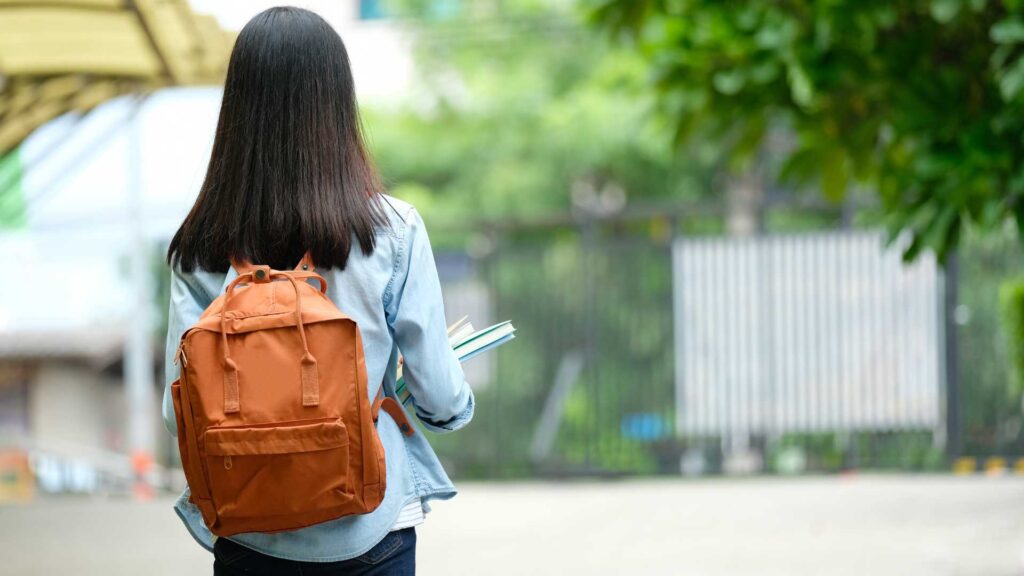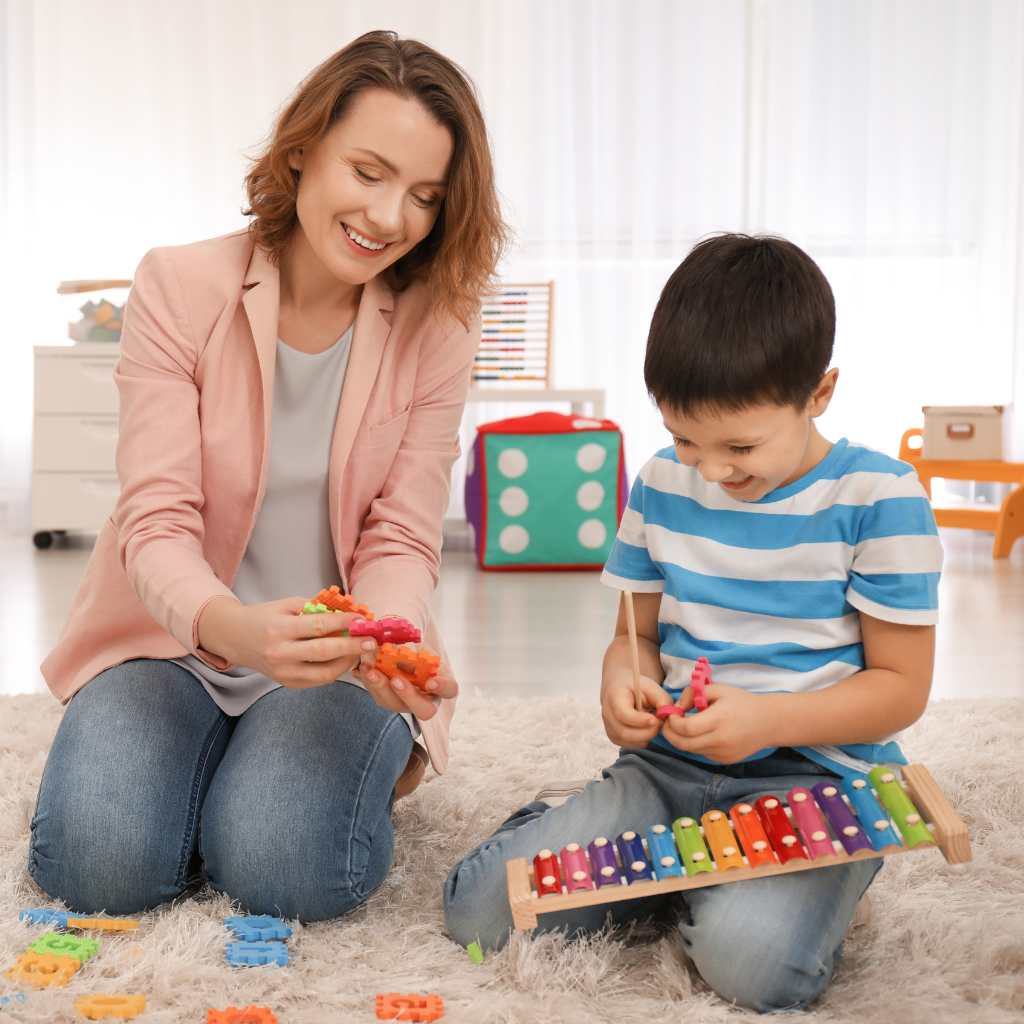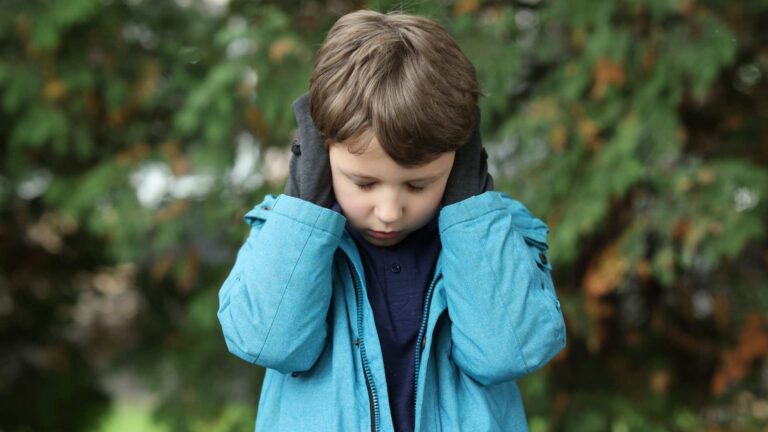Table of Contents
How can I help students with autism navigate back-to-school time?
Resuming classes after summer vacation can be difficult for any child. For a student with autism, back-to-school stress can be even more challenging. Individuals with autism spectrum disorder (ASD) can display traits such as an insistence on routine and difficulties with transition, which affect their ability to adapt to change. New schedules, changes between classes, teacher changes, new peers, and a new environment can trigger distress and anxiety.
As summer winds down, many caregivers may wonder: How can I help students with autism navigate back-to-school time? At Texas ABA Centers, we want to assist neurodiverse families in Plano, Katy, Austin, and other cities across Texas with these seven practical strategies for managing back-to-school stress for children on the autism spectrum. With the proper support, the start of the school year can go smoothly and with excitement.
Why Do Children with Autism Experience Back-to-School Stress?
Children with autism often encounter significant anxiety when returning to school after the summer break. Several autism traits and the school environment can heighten stress.
A study by Autism Research, which documented children’s descriptions of their anxiety, found that the two most frequently endorsed anxiety symptoms were related to uncertainty and performance anxiety.

96.5% of the participants with ASD reported experiencing anxiety in at least one setting (home, school, or community), with 40.7% reporting anxiety in all three contexts. These findings indicate that the school environment, with its inherent unpredictability and performance demands, is particularly challenging for children with autism.
Moreover, approximately half of the children felt their anxiety went unrecognized by others at school, and almost 60% thought it was unrecognized in the community. The lack of recognition and support significantly contributes to their stress levels. The proportion of children who reported receiving help to reduce their anxiety varied across settings, with 86% receiving support at home, 76% at school, and only 45% in the community. This disparity underscores the need for more comprehensive support systems within the school environment.
Further research from the National Library of Medicine found that children with autism who have higher intelligence quotients (IQs) often experience higher levels of anxiety than their peers with lower IQs. This relationship suggests that children who are more intellectually aware may also be more acutely aware of their challenges and the expectations placed upon them, thereby increasing their anxiety.
Children with autism experience back-to-school stress due to several key factors. These include heightened sensitivity to uncertainty and performance demands, a lack of recognition and support for their anxiety in the school setting, challenges in social interaction and communication, sensory sensitivities, and a potential link between higher intellectual functioning and increased stress. Understanding these elements is crucial for offering practical support and interventions, enabling these children to approach the school year with greater ease and confidence.
7 Strategies for Autism and School Readiness

- Provide Calm and Relaxation: Reducing back-to-school stress, anxiety, and fear begins with helping the nervous system regulate itself. If you notice signs of anxiety in your child with autism, encourage them to engage in physical activities that involve muscle movement and resistance, such as playing, jumping, climbing, and moving, as well as activities that promote deep tactile pressure. Physical activity helps release tension, produce endorphins, and relax the body. Once your child is calmer, you can enhance relaxation with breathing exercises and mindfulness practices.
- Create a Visual Calendar: Using visual calendars and schedules helps promote a sense of routine and security about future events. Use a board, calendar, or visual tool that fits your needs, where you can write and paste pictures of daily activities and important events, such as the first day of school, visiting grandma, going to the zoo, or staying home. Having an overview of the next few weeks provides your child with knowledge and planning for what to expect. You can also encourage your child to cross off each passing day, which will give them a sense of time passing and anticipation until school starts.
- Write a Social Story: Social stories are a great way to talk to your child about what’s ahead and how they may feel about the upcoming changes. Include strategies to help your child feel confident about these changes and be as detailed as possible about everything involved in going back to school, such as getting up earlier, riding the school bus, reconnecting with classmates, and meeting new teachers. You can add photos of these situations and people to illustrate the story visually. For inspiration, explore Autism Parenting Magazine’s guide to social stories.
- Create a Sensory-Friendly Space: Some challenges related to back-to-school stress may be due to sensory overloads that children experience at school. Bright lights, crowded hallways, and noises in the cafeteria or playground can overwhelm a child with autism, triggering anxiety and problem behaviors. Talk to teachers and school administrators about providing a sensory-friendly place where your child can relax if they are feeling overwhelmed. A space with dim lights, noise-canceling headphones, and favorite relaxation items can make a significant difference during breaks throughout the day. If the school doesn’t allow it, create this space at home and encourage your child to have quiet time there before and after school.
- Communicate with the Teacher and School: Communicating with teachers and school officials about your child’s needs is essential to ensure they can take steps and make accommodations to ease the transition to school. Whether it’s managing a sensory-friendly space, knowing your child’s communication preferences, or addressing dietary restrictions, ensuring that your child feels supported at school is crucial.
- Encourage Your Child’s Social Skills: Before starting school, aim to encourage your child’s social skills through role-playing, social stories, and playdates. Confidence in their social skills can help reduce back-to-school stress and provide them with the tools needed to handle social interactions at school effectively.
- Encourage Communication: Foster communication with your child and the expression of emotions. Use graphic elements such as a feeling thermometer or picture cards to determine whether your child is feeling happy, sad, calm, worried, or angry. Draw inspiration from models like “Just Right Kids” for regulation. Maintaining active and open communication with your child will help you better understand how they are feeling and take action when needed to offer support.
ABA Therapy for Effectively Managing Back-to-School Stress
Autism is a condition that manifests with varying levels of severity and distinct symptoms. Some individuals with ASD may exhibit severe signs and be non-verbal, requiring support for basic tasks, while others may experience sensory sensitivities and anxiety in settings such as school. In these cases, additional support can be crucial for navigating these challenges effectively. Applied Behavior Analysis (ABA) therapy is a recognized approach that understands and improves behaviors in socially significant ways.

- Personalized Intervention Plans: ABA therapy emphasizes personalized intervention plans tailored to each individual’s specific needs and strengths. This approach addresses immediate challenges like managing sensory inputs and anxiety while also cultivating new, positive behaviors that enhance social interactions and academic performance.
- Thorough Assessments: ABA therapists work one-on-one with clients and their families to develop and implement these tailored plans. BCBAs conduct extensive assessments to identify areas of difficulty, set measurable goals, and use evidence-based techniques to reinforce desired behaviors.
- Skill Development: Through structured sessions, therapists help children learn essential skills such as communication, social interaction, and emotional management, which are crucial for success in any life setting.
- Managing Sensory Sensitivities: ABA therapy can include strategies to help children manage sensory sensitivities that the school environment might trigger. This can involve creating sensory-friendly spaces and teaching coping mechanisms to handle sensory overload.
- Reducing Anxiety: A significant part of ABA therapy focuses on reducing anxiety, a common aspect of back-to-school stress for children with autism. Therapists use various techniques to help children feel more comfortable and less anxious about the school environment.
- Enhancing Social Interactions: ABA therapy encourages positive social interactions, which can be particularly challenging for children with autism. By reinforcing desired behaviors and teaching new social skills, ABA therapy helps children navigate social situations more effectively.
- Supporting Families: ABA therapists also work with families to ensure that strategies and interventions are consistent across different environments, including home and school. This support can significantly reduce the overall stress experienced by the child and their family during the back-to-school transition.
Discover Texas ABA Centers’ Comprehensive Support for Back-to-School Stress
At Texas ABA Centers, we recognize the profound impact that preparing for life transitions can have on individuals with autism. We understand the importance of having professional support during these times. Dedicated, certified professionals who comprehend the complexities of autism deliver our ABA therapy services and are committed to providing effective outcomes. Our goal is to help manage not only back-to-school stress but also various aspects of life for individuals with autism, enabling them to navigate successfully.
We offer both in-home and in-school ABA therapy services to address the two primary environments where children and teenagers with autism spend most of their time. Our in-school ABA therapy provides personalized, one-on-one support within the educational setting, and we have established partnerships with several school districts across Texas.
We recognize the value of academic education and its numerous benefits for the future of children with autism. Our ABA therapy aims to enhance educational outcomes, helping students achieve their full potential.
Call us at (877) 771-5725 to speak with one of our experts or contact us online. We’re here to help families start the school year successfully and anxiety-free!









